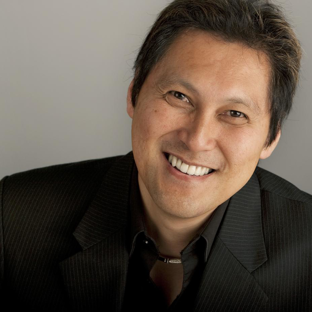'There is always another history or a more private story underneath the public face of any city, of any suburb,' wrote Sophie Cunningham in her acclaimed 2011 book, Melbourne. In Cunningham’s latest project, she continues to excavate these histories, and Melbourne’s shifting boundaries.
What is the history and logic of the current boundaries of the City of Melbourne, and what do we discover when we walk them? Where were the borders, limits and landmarks of the area pre-colonisation, and do they relate in any way to the boundary lines we have today? How do we manage resources, like water, that don’t care about boundaries at all?
Writer Sophie Cunningham and photographer Dianna Wells have been walking and documenting the defining boundaries of the City of Melbourne as part of the city’s Arts Grants program. Join them for a fascinating discussion with historian Gary Presland and water engineer Professor Tony Wong.
Supported by the City of Melbourne Arts Grants Program.
Featuring

Sophie Cunningham
Sophie Cunningham is a non-fiction writer and novelist with a passion for trees, walking and broader environmental issues. Sophie’s most recent books are This Devastating Fever (Ultimo Press) and Flipper and Finnegan ...
Dianna Wells
Dianna Wells is a Melbourne based photographic artist and has also been the owner and director of a graphic design company for more than twenty years. She has exhibited two solo exhibitions of fine art photography 'On Edge' (2012) and 'Suburban Geometric' (2014), exploring themes related to the intersection of the natural landscape, and human intervention on the urban edge of Australian cities. Wells is interested in the conditions of change and the impacts of these changes, specifically within boundaries between urban and rural transitions and more recently in inner city Melbourne.
She is currently developing a body of work titled ‘Primitive Settlers’ exploring introduced species growing wild in bush land environments. She is also working on the project, ‘Boundaries’, in which she and writer Sophie Cunningham are walking and documenting the 70-kilometre boundary of the City of Melbourne.
Gary Presland
Dr Gary Presland is an archaeologist, historian and author. His principal interests are in the landscapes and Aboriginal culture of pre-European Melbourne.
He has been extensively published on these subjects, and his book The place for a village: how nature has shaped the city of Melbourne was judged ‘Best Book’ in the 2009 Victorian Community History Awards.

Tony Wong
Tony Wong is Professor and Chief Executive of the Cooperative Research Centre for Water Sensitive Cities with research hubs in Brisbane, Melbourne, Perth and Singapore. He is internationally recognised for his research and practice in the water-sensitive cities approach. His work on Water Sensitive Urban Design has been disseminated globally, and his subsequent transformation of this practice into the more holistic water-sensitive cities approach has been mainstreamed across Australia, and increasingly in developing nations.
He served on the Prime Minister’s Science Engineering and Innovation Council’s working group on Water for Cities and has led a large number of award-winning urban design projects in Australia and overseas. He was awarded the Australian Institution of Engineers 2010 Civil Engineer of the Year, cited as having defined "a new paradigm for design of urban environments that blends creativity with technical and scientific rigour”.
